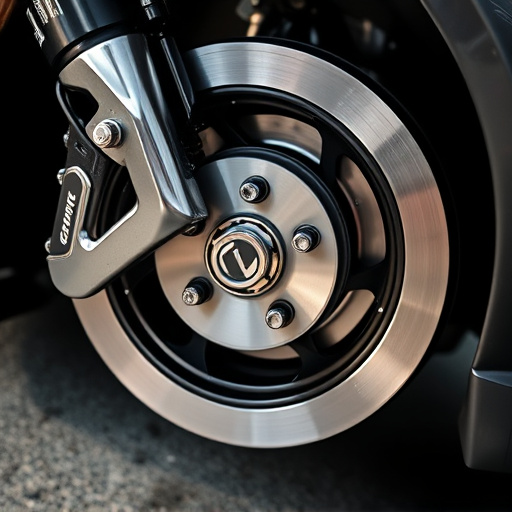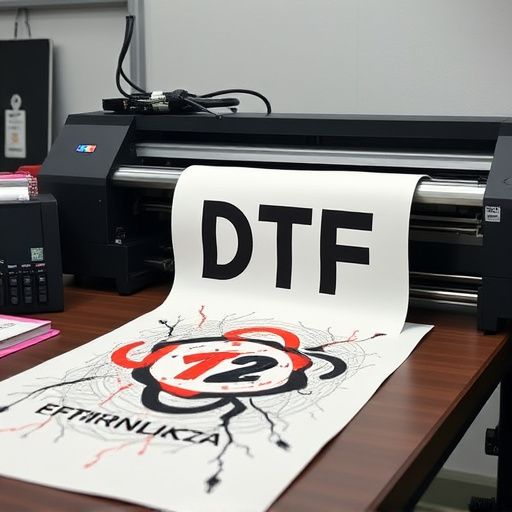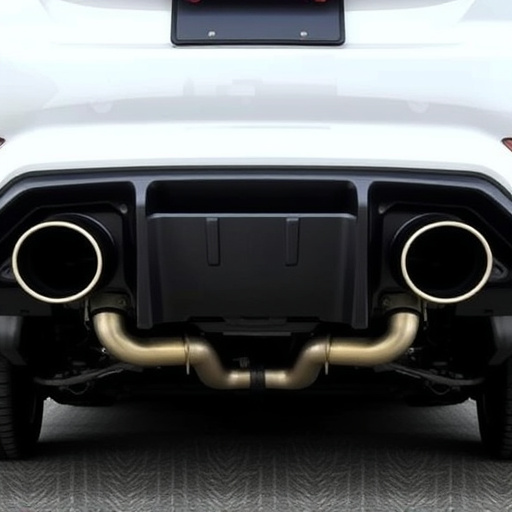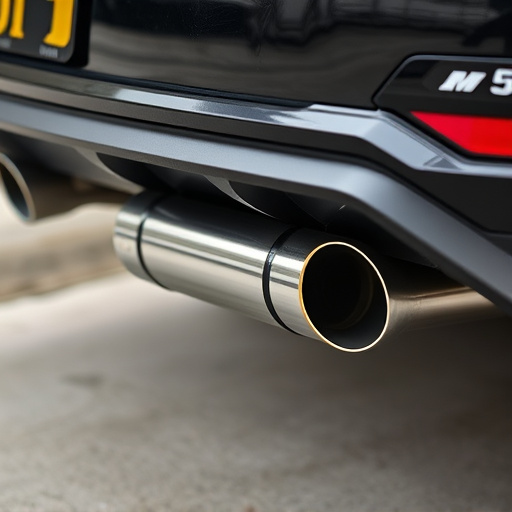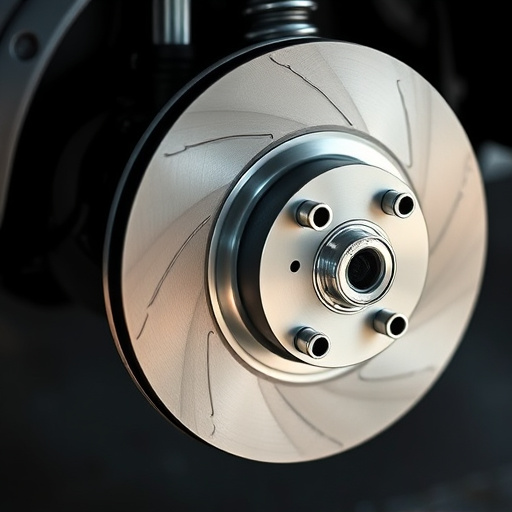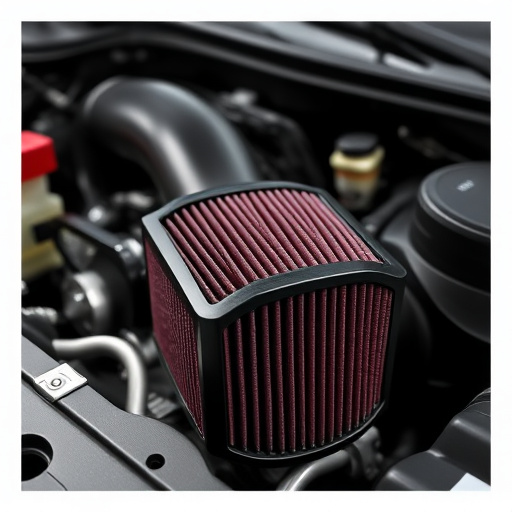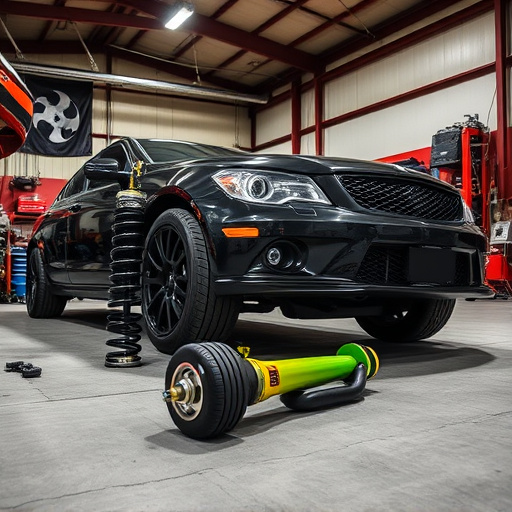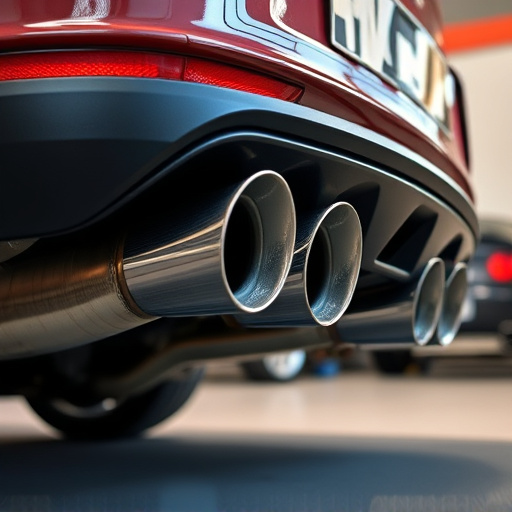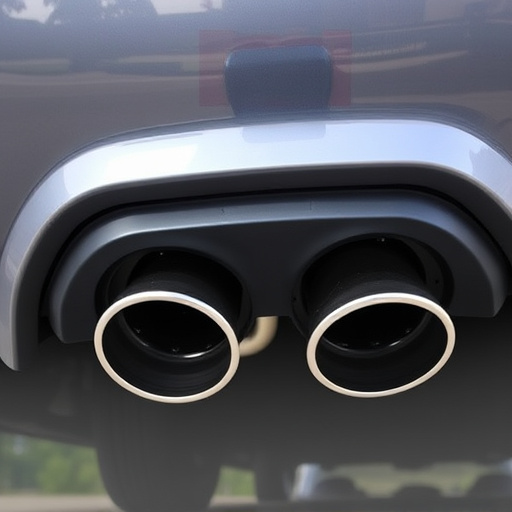A boost controller is a critical component in custom engine builds, optimizing performance by managing boost pressure for precise power output control. It ensures optimal combustion and protects engine parts, enhancing overall vehicle performance through improved acceleration, cornering control, and efficiency while maintaining component longevity. Selecting the right boost controller requires considering compatibility with aftermarket components, robust construction, reliable sensors, real-time data feedback, and display features. Proper calibration, tuning, and integration with other high-performance upgrades are essential for achieving peak engine efficiency and power.
Looking to supercharge your custom engine build? A boost controller is an essential component that allows you to fine-tune and maximize power output. This article delves into the world of boost controllers, explaining their fundamental role in enhancing performance for custom engines. We’ll explore key features to consider, best practices for installation, and tips for optimal utilization, empowering you to make the most of your boost controller for unparalleled engine performance.
- Understanding Boost Controllers: The Basics and Their Role in Custom Engine Builds
- Key Features to Look for in a Boost Controller Supporting Custom Engine Builds
- Best Practices and Tips for Installing and Using a Boost Controller for Optimal Performance
Understanding Boost Controllers: The Basics and Their Role in Custom Engine Builds
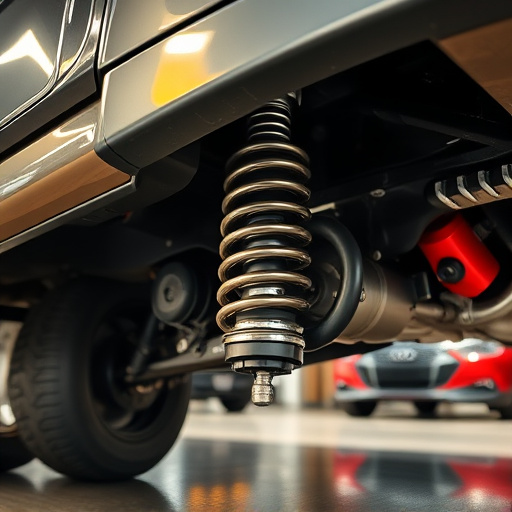
A boost controller is a crucial component in any custom engine build, playing a pivotal role in optimizing vehicle performance. At its core, it manages and regulates the amount of boost pressure delivered to an engine, allowing for precise control over power output. This is particularly important when dealing with modified engines that produce more horsepower and torque than stock counterparts, as proper boost management ensures optimal combustion and prevents damage to critical engine parts.
In the context of custom builds, understanding how a boost controller interacts with other components like suspension kits and brake systems is essential. It can be fine-tuned to match specific engine characteristics and tuning goals, enhancing overall vehicle performance. By carefully managing boost levels, drivers can experience improved acceleration, better control during cornering, and increased efficiency across various driving conditions—all while ensuring the longevity of critical engine components.
Key Features to Look for in a Boost Controller Supporting Custom Engine Builds
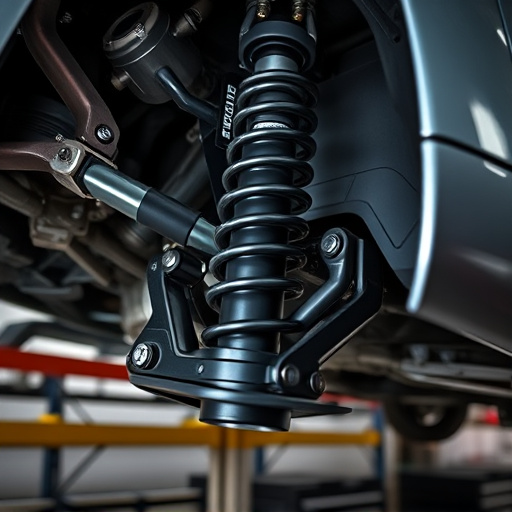
When selecting a boost controller tailored for custom engine builds, several key features become essential. Firstly, look for models offering precise control and adjustment capabilities, allowing you to fine-tune the boost curve according to your engine’s unique characteristics. This precision ensures optimal performance by providing the right amount of boost at each RPM range. Secondly, compatibility with popular aftermarket components is vital; ensure the controller supports integration with air filter kits, coilover kits, and other essential tuning parts for a seamless setup.
Additionally, consider controllers with robust construction and reliable sensors to withstand the demands of high-performance engines. Real-time data feedback and display features are also advantageous, giving you immediate insights into boost pressure, allowing for quick adjustments during testing and tuning sessions. These features empower you to fine-tune your engine’s performance, ensuring a powerful and efficient boost controller for your custom build.
Best Practices and Tips for Installing and Using a Boost Controller for Optimal Performance
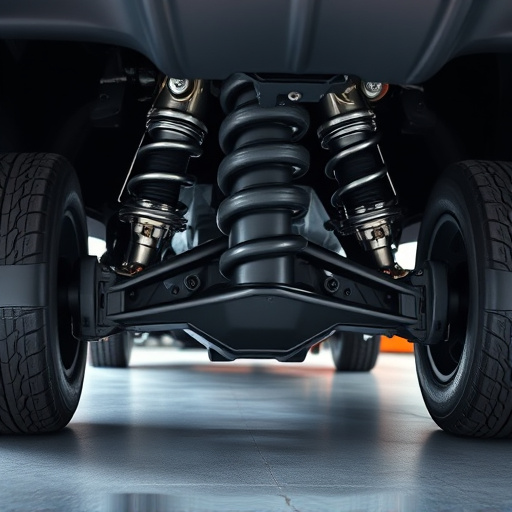
When installing a boost controller for optimal performance, best practices include ensuring proper calibration and tuning. Start by consulting your vehicle’s manufacturer guidelines and seeking professional advice if needed. Accurate calibration is key, as it ensures the boost controller accurately responds to changes in engine load and speed, maximizing both power and efficiency.
For high-performance builds, consider integrating your boost controller with other upgrades like coilover kits and high-flow intake components. These modifications work synergistically to enhance overall performance. Regularly monitor and adjust settings based on your driving conditions and desired outcomes. Consistent upkeep ensures the system remains optimized for peak performance, delivering both power and control in every drive.
A boost controller is an essential tool for enthusiasts looking to enhance their custom engine builds. By understanding its role, choosing the right features, and adhering to best practices, you can optimize performance and achieve the desired power output. When selecting a boost controller, consider adjustable settings, precision control, and compatibility with your specific engine build. With proper installation and usage, these controllers offer a game-changing experience for those seeking to unlock their engine’s full potential, ensuring a seamless and powerful driving journey.
